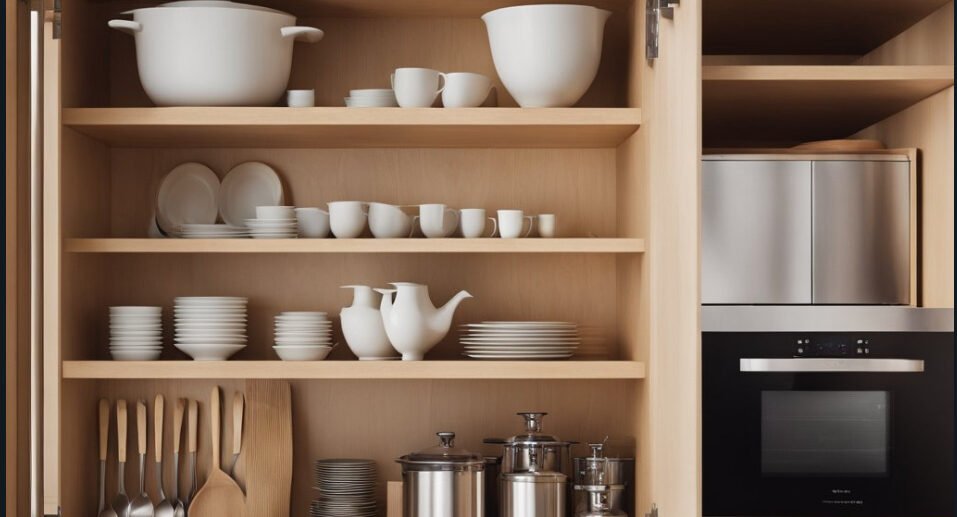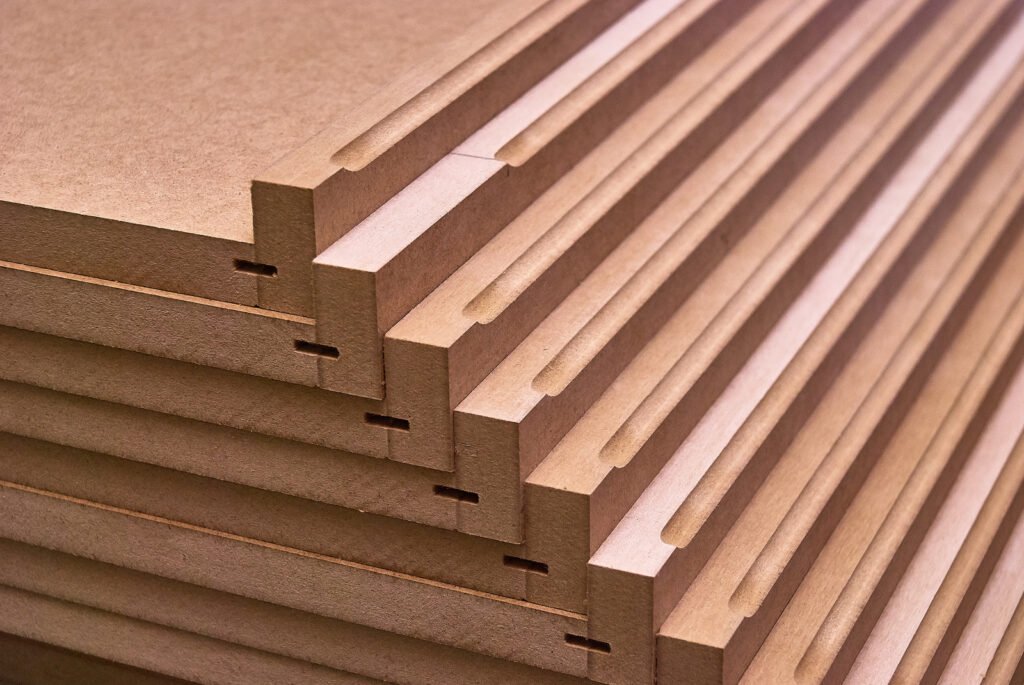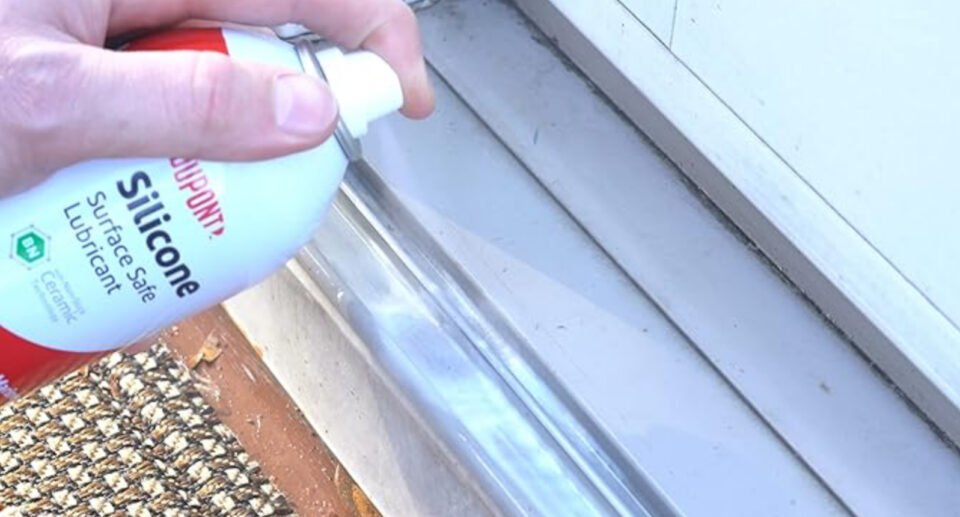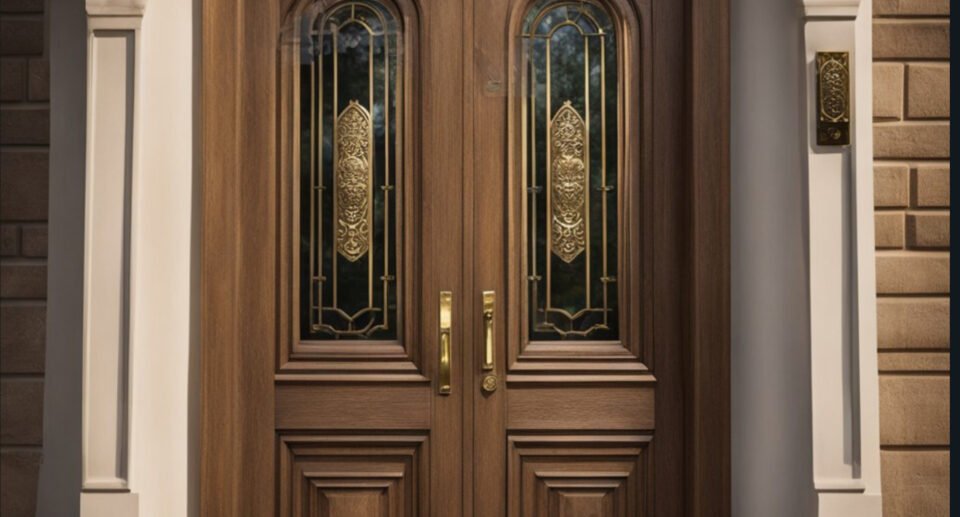A Guide to Choosing Best Plywood for Cabinet Doors

Table of Contents
ToggleSelecting the right type of plywood for cabinet doors is a critical decision that affects both the appearance and functionality of the finished cabinets. Cabinet doors are prominent, frequently used, and susceptible to environmental stresses, making the choice of material particularly important.
High-quality plywood can offer a balance of durability and aesthetics. Options like oak, birch, and maple are popular among both homeowners and professional cabinet makers for their consistent finish and structural integrity.
The thickness of the plywood is also a fundamental aspect to consider. While ¾-inch plywood is commonly used for cabinet doors due to its sturdiness and load-bearing capacity, lighter applications may permit the use of ½-inch plywood without compromising functionality.
The surface quality of the plywood, often referred to as the grade, should be cabinet-grade. This grade is characterized by its smooth finish that is free of defects and ready for paint or stain.
Additionally, the core of plywood for cabinet doors deserves attention. A veneer core, which provides a good balance between strength and weight, is a superior choice for doors. It ensures the doors remain flat, a crucial feature for maintaining a polished look and proper operation. Importantly, solid wood or MDF may be preferred over plywood for certain styles or designs due to their ability to hold intricate details and provide a heavier feel to the cabinet doors.
Selecting the Right Type of Plywood
Choosing the right plywood for cabinet doors hinges on understanding plywood grades, core types, and the distinction between hardwood and softwood options. The core and surface material will affect the appearance, durability, and cost of the cabinet doors.
Plywood 101: Understanding Grades and Core Types
Plywood grades are a vital aspect of quality, directly impacting the finished look of cabinet doors. The grading system, from A-Grade to C-Grade, refers to the quality of the veneer with A-Grade being the smoothest and most defect-free. Cabinet doors require a high-quality finish, often utilizing sheets graded as B or higher.
- A-Grade: Smooth, paintable surface, free of knots.
- B-Grade: Minor flaws that can be easily repaired; suitable for staining or painting.
- C-Grade: Noticeable knots and defects; might require patching, typically used for structural parts not seen.
The core types like veneer core, MDF core, particleboard core, and lumber core, provide varying levels of stability and weight. Veneer core plywood is lighter and offers better screw-holding capacity, suitable for most cabinetry work.
Hardwood vs. Softwood Plywood
Hardwood plywood is typically made from woods like birch, maple, oak, cherry, walnut, hickory, alder, or poplar. These materials provide a sturdy and aesthetically pleasing surface ideal for visible cabinet parts. Birch plywood is favored for its strength and smooth grain, making it an excellent choice for painting or staining.
Softwood plywood, made from woods such as pine, is usually less expensive but can be softer and more prone to damage. It is less commonly used for cabinet doors where hardness and finish quality are crucial.
Core Options for Cabinet Doors
For cabinet doors, a sound core is imperative for longevity and functional use. The common core options include:
- Veneer Core: Offers a good strength-to-weight ratio and is perfect for larger doors.
- MDF Core: Provides a smooth and stable surface, ideal for high-quality veneers.
- Particleboard Core: Cost-effective but less sturdy, may not hold screws as well as other options.
- Lumber Core: Strong and holds screws well, good for heavyweight doors but can be more expensive.
Comparing Plywood and Other Materials
When comparing plywood to other materials like solid wood, MDF, or particle board, one must consider expansion, contraction, and durability. Plywood tends to be stable with minimal expansion and contraction, an essential property for the longevity of cabinet doors. Baltic birch plywood is a high-end choice that offers excellent screw-holding capability and a superior edge for finishing, often recommended for premium cabinetry projects.
Other materials such as MDF offer a smooth surface for paint finishes but do not hold screws as well as plywood. Conversely, solid wood can provide strength and beauty but is susceptible to warping and requires careful humidity control to prevent movement.
Design and Aesthetics

When crafting cabinet doors with plywood, design and aesthetic considerations are essential to complement a modern kitchen’s overall style. Plywood offers versatility in color and grain, which can be enhanced with veneers and finishes for both a functional and appealing finish.
The Interplay of Color and Natural Grain
Plywood inherently exhibits a natural wood grain that contributes to the visual warmth and inviting feel of a kitchen. Craftsmen can choose from a range of plywood types such as oak, maple, or birch, all of which offer unique grain patterns and tones. Plywood can be left natural, stained, or painted. A stain will accentuate the wood’s natural grain, while paint can provide a smooth, uniform color that’s ideal for a contemporary aesthetic.
Decorative Veneers for Enhanced Appearance
Decorative veneers can elevate the sophistication of plywood cabinet doors. Veneers are thin slices of wood, often a high-quality species, applied to the surface of the plywood. Choices include sliced veneer, which shows the intricate details of the wood grain and offers natural variations that are sought after for high-end design.
Finishes for Durability and Style
To protect the plywood and enhance its color and grain, various finishes can be applied. For a clear coat that allows the beauty of the wood to shine through, a transparent lacquer or varnish is ideal. These finishes not only provide a smooth finish to the cabinet doors but also add a layer of durability, protecting the wood from the humidity and stains typically found in a kitchen environment.
Selecting the right finish, whether matte or glossy, can further define the look, imparting either a subtle elegance or a striking impact to match the intended design of the space.
Functional Considerations
When selecting plywood for cabinet doors, one must consider the size, thickness, and durability. These factors are critical for stability, strength, and integration of components like hinges and drawer fronts, ensuring that the cabinet doors function seamlessly and withstand the test of time.
Sizing and Thickness for Stability
The size and thickness of plywood contribute significantly to the stability of cabinet doors. Standard thicknesses of plywood for cabinets are:
- 1/4 inch (6 mm): Suitable for flat panel inserts and decorative surfaces.
- 1/2 inch (12 mm): Commonly used balance of strength at minimal weight.
- 3/4 inch (19 mm): Offers maximum durability and support for hardware.
Size and thickness must be chosen with the cabinet’s specific application in mind to guarantee stability throughout its lifespan.
Durability and Strength in Cabinet Construction
The selection of plywood for cabinet doors should prioritize durability to withstand regular use. Cabinet doors constructed from hardwood veneers like oak or birch are preferred for their endurance. Durability also extends to ensuring that screw retention is high, allowing handles and hinges to remain secure over time. The type of construction, whether using solid wood or plywood, impacts the overall toughness and ability to bear weight and frequent operation.
Additional Components to Complete Cabinet Doors
Cabinet doors include more than just the panel; they comprise drawer fronts, boxes, and hardware that must work cohesively. The plywood must be compatible with:
- Hinges: Should affix firmly to the plywood without causing strain.
- Drawer Fronts: Consistency in wood type and thickness ensures a seamless appearance and operation.
- Drawer Boxes: The drawer boxes must slide in and out smoothly and be sturdy enough to hold contents securely.
Practical Aspects
When considering the practical aspects of selecting plywood for cabinet doors, homeowners and cabinet builders need to assess budget constraints, the tools required for construction, and the methods for ensuring longevity through proper installation and maintenance.
Matching the Plywood to Your Budget
Budget is a pivotal factor in cabinet-making. Cabinet grade plywood, while more expensive, offers a stable and attractive option for furniture. For cabinet sides and drawers, birch or maple plywood typically balances cost with quality, providing smooth surfaces with fewer voids. For those on a tighter budget, MDF is a cost-effective alternative, especially for frameless cabinets where edges are not exposed.
Best Plywood for Cabinets Based on Budget:
- Premium: A-grade plywood (ideal for clear coat or stained finishes)
- Mid-range: B-grade plywood (suitable for painted finishes)
- Economical: C-grade and above plywood (used for shelving and internal structures)
Tools and Techniques for DIY Cabinet Makers
DIY cabinet makers commonly use a circular saw or table saw to cut plywood, ensuring precision and clean edges. However, when working with curves, a jigsaw may be necessary. Cabinet doors require accurate sizing your doors, meaning every cut must be measured meticulously. It is recommended that cabinet builders invest in a high-quality saw blade to minimize tears and achieve a smoother cut.
Essential Tools for Cutting Plywood:
- Circular saw or table saw
- Jigsaw (for curves)
- High-quality saw blade (for clean cuts)
Installation and Maintenance Tips
Cabinet doors should be installed using reliable hardware. This ensures proper alignment and function.
For maintenance, they must be cleaned with a soft, damp cloth to avoid scratches. Spills should be wiped immediately to prevent damage.
Periodic adjustments to the hinges may be needed to correct any sagging. This ensures a proper fit over time.
Plywoods used in high-moisture areas may benefit from a sealant. This is particularly true for marine grade plywood, which is designed to withstand moisture.
Installation and Maintenance Checklist:
- Use reliable hardware for installation.
- Avoid abrasive cleaners; use a soft, damp cloth for cleaning.
- Promptly address spills to prevent water damage.
- Apply a sealant for marine grade plywood in moist areas.

Hello, I’m Keith Jones. I’m the author and head of content here of door and window guide. I’ve been in the window and door industry for over 10 years in the UK and North America. I’ve had quite a few roles during my career mainly in Worldwide sales. I’m now semi retired so I thought I’d put my knowledge to good use educating people about all they might need to know about door and window related topics.






